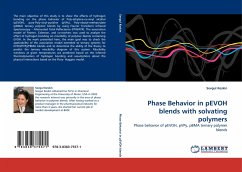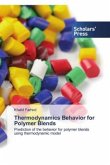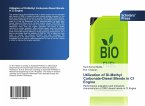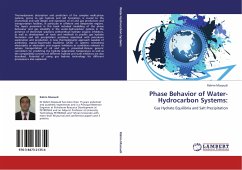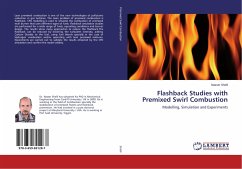The main objective of this study is to show the effects of hydrogen bonding on the phase behavior of Poly-ethylene-co-vinyl alcohol (pEVOH), para-Poly-vinyl-pyridine (pVPy), Poly-nbutyl-methacrylate (pBMA) ternary polymer blends by using Fourier Transform Infrared Spectroscopy Attenuated Total Reflectance (FTIR/ATR). The association model of Painter, Coleman, and co-workers was used to analyze the effect of hydrogen bonding on miscibility of polymer blends containing EVOH. In the work presented here, the main goal was to check the applicability of the association model extended to ternary systems for EVOH/PVPy/PBMA blends and to determine the ability of the theory to predict the ternary miscibility diagram of this system. Miscibility windows at given temperatures are predicted based on the inferred thermodynamics of hydrogen bonding and assumptions about the physical interactions based on the Flory- Huggins model.
Bitte wählen Sie Ihr Anliegen aus.
Rechnungen
Retourenschein anfordern
Bestellstatus
Storno

